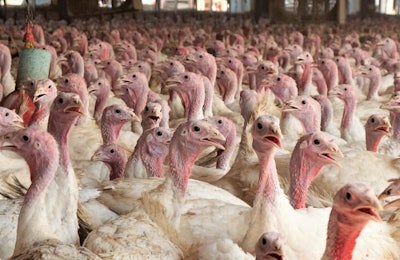
Even if your poultry operation has never had a foreign animal disease outbreak, it is wise to have a depopulation plan in place.
Speaking during the Poultry Foreign Animal Diseases and Responses webinar on March 10, Dr. Jeff Kaisand, state veterinarian, Iowa Department of Agriculture and Land Stewardship (IDALS), said in the case of an outbreak of a disease such as highly pathogenic avian influenza (HPAI), the goal would be to depopulate the flock as quickly as possible to prevent its spread.
“It’s back to taking the bull by the horns,” said Kaisand. “Have a plan in place for your flock.”
Kaisand said there are three main considerations when developing a plan.
1. Indemnity payments
Kaisand said indemnity payments would be offered for Iowa poultry producers before their flocks are depopulated.
2. Method of depopulation
Research your options for depopulation methods. Kaisand says it is wise to choose an option that allows depopulation to be conducted effectively and quickly.
3. Disposal of culled birds
The other piece of the puzzle, Kaisand said, is how you would dispose of your flock after a depopulation takes place.
“A lesson we learned in 2015 (during the avian influenza outbreak) is nothing’s moving off of an infected premise,” said Kaisand. “So, this disposal means you have to be looking at what disposal options you have on your premise to get rid of the birds.”
The webinar was hosted by IDALS in partnership with the Iowa State University Center for Food Security and Public Health.
Also speaking during the webinar was Dr. Yuko Sato, extension veterinarian for Iowa State University, who warned that infected migratory birds do not necessarily stick with one flyway, so producers should still practice heavy caution even if there are no active HPAI cases in their flyway.
View our continuing coverage of the global avian influenza situation.


















